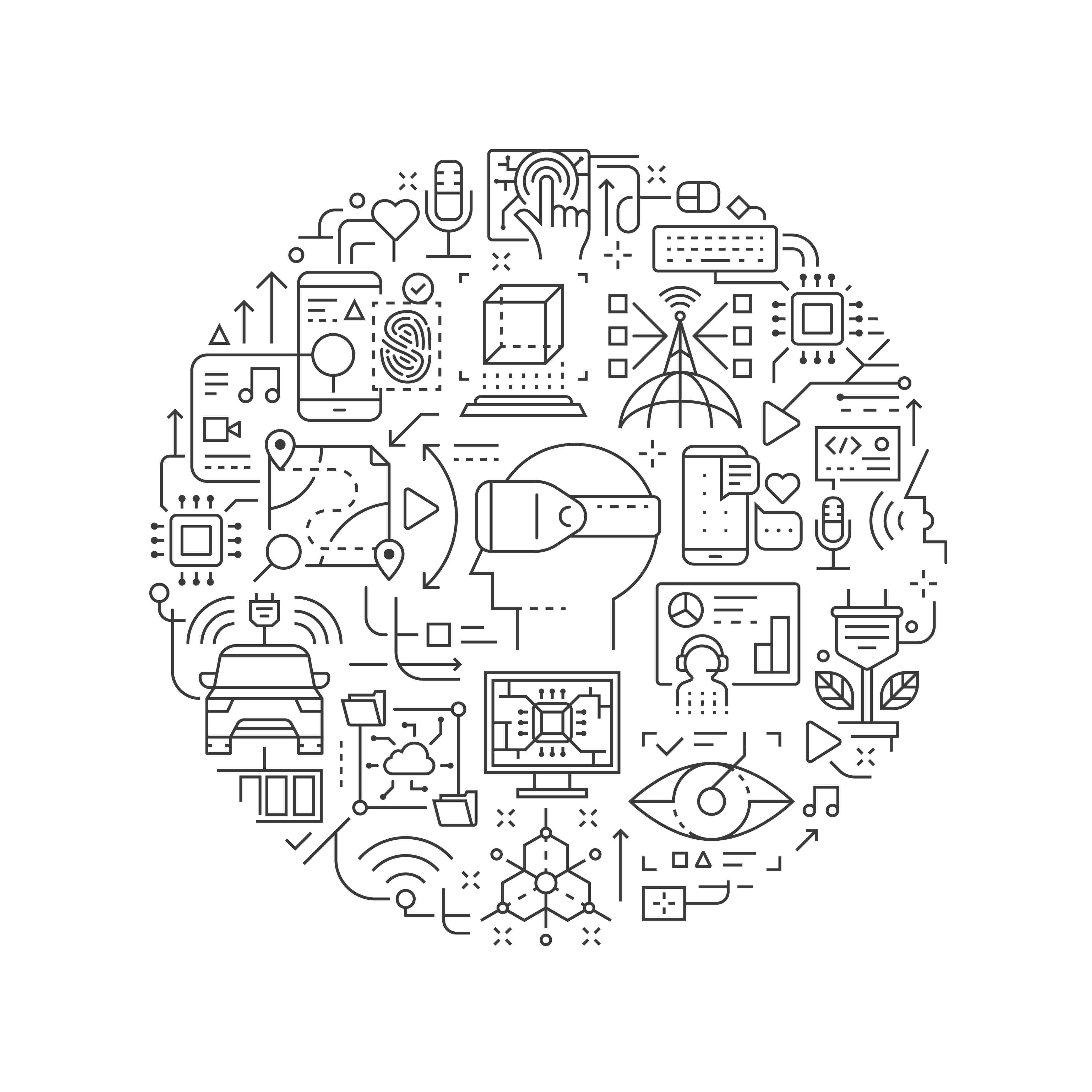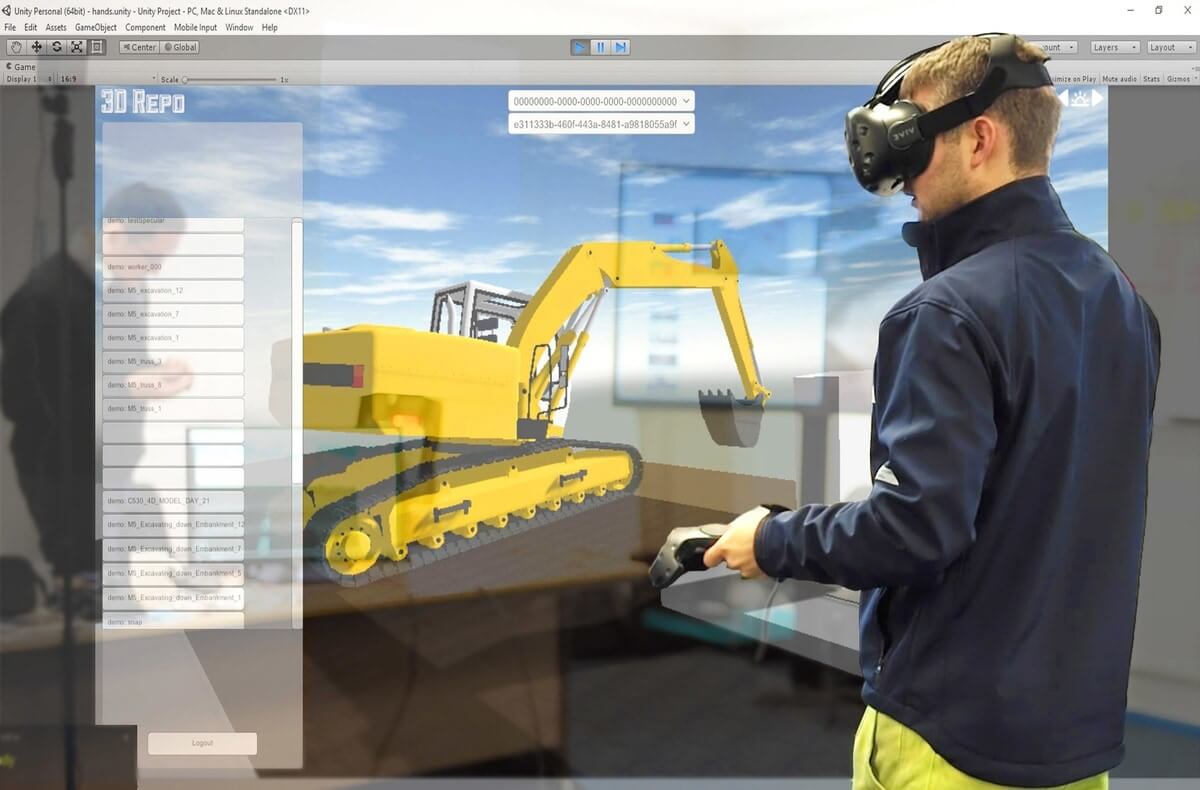More Question ? Click here
Plug in to a Digitaldimension with VR & AR

We put your Brand at the Forefront of the Market
Get ready to visualize your entire Projects in Augmented & Virtual Reality so you can wow your audience with a unique way to conceptualize your Projects.
We are proud of the service that we provide for our customers
"Bana Yar Mehraz Iraninan" is delivering major benefits for Cilents, Contractors, developers, Project Managers, Sale Managers, Designers, and building owners by linking BIM with Virtual Reality And Augmented Reality on projects in Iran.
Benefits of Using AR & VR:
- Reducing Design Coordination Errors with VR, AR in Construction
- The accuracy of construction projects
- Save money and time
- planning And Scheduling become more efficient and saves the time and effort of the team
- build the Projects before the construction begins
- Improving Safety And Training
- Managing Projects Efficiently
- No more “it does not look like I imagined” phrases
- Remote virtual site visits
- Enhance collaboration
- Increase quality of Projects


Virtual reality (VR) is “threatening” to change the construction industry in the near future.
VR technologies are far beyond the stage when it’s only gaming that can benefit from them. Virtual reality is slowly but steadily taking roots in major industries like Oil&Gas sector, and the construction specialists have also found several beneficial ways of using VR.
The industry often suffers from work process stoppages and constant budget extensions due to blueprint inaccuracies or unforeseen problems.
Construction works can take months or years depending on the project. But what if you could get into a house and check its every corner even before the foundation is laid?
VR technologies can make that possible, as well as enhance many other aspects of the industry.
Although traditional 3D models provide a somewhat better level of comprehension and interaction than bare blueprints and crude mock-ups, virtual reality has a lot more to offer.
From the very origin of planned construction as a concept, people have always used tools that help them visualize, model and analyze the future build.
First, it was a plain pen and paper and properly scaled mock-ups. But, thanks to numerous technological advancements, we now can recreate objects in a 3D environment using CAD software and Building Information Modeling (BIM).
However, computer-generated details do not provide the full experience of a completed building. Hence, an issue might arise where the client’s vision of the project does not match the designer’s.
Also, there are issues that are difficult to predict and which pop out after the beginning of the construction process.
As a result, workers are often forced to halt the progress in order to reconsider and re-assess the decisions made based on the initial design.
It often takes a lot of time and effort to understand what exactly clients need and make sure that the outcome meets their expectations fully.
VR technologies are far beyond the stage when it’s only gaming that can benefit from them. Virtual reality is slowly but steadily taking roots in major industries like Oil&Gas sector, and the construction specialists have also found several beneficial ways of using VR.
The industry often suffers from work process stoppages and constant budget extensions due to blueprint inaccuracies or unforeseen problems.
Construction works can take months or years depending on the project. But what if you could get into a house and check its every corner even before the foundation is laid?
VR technologies can make that possible, as well as enhance many other aspects of the industry.
Although traditional 3D models provide a somewhat better level of comprehension and interaction than bare blueprints and crude mock-ups, virtual reality has a lot more to offer.
From the very origin of planned construction as a concept, people have always used tools that help them visualize, model and analyze the future build.
First, it was a plain pen and paper and properly scaled mock-ups. But, thanks to numerous technological advancements, we now can recreate objects in a 3D environment using CAD software and Building Information Modeling (BIM).
However, computer-generated details do not provide the full experience of a completed building. Hence, an issue might arise where the client’s vision of the project does not match the designer’s.
Also, there are issues that are difficult to predict and which pop out after the beginning of the construction process.
As a result, workers are often forced to halt the progress in order to reconsider and re-assess the decisions made based on the initial design.
It often takes a lot of time and effort to understand what exactly clients need and make sure that the outcome meets their expectations fully.

